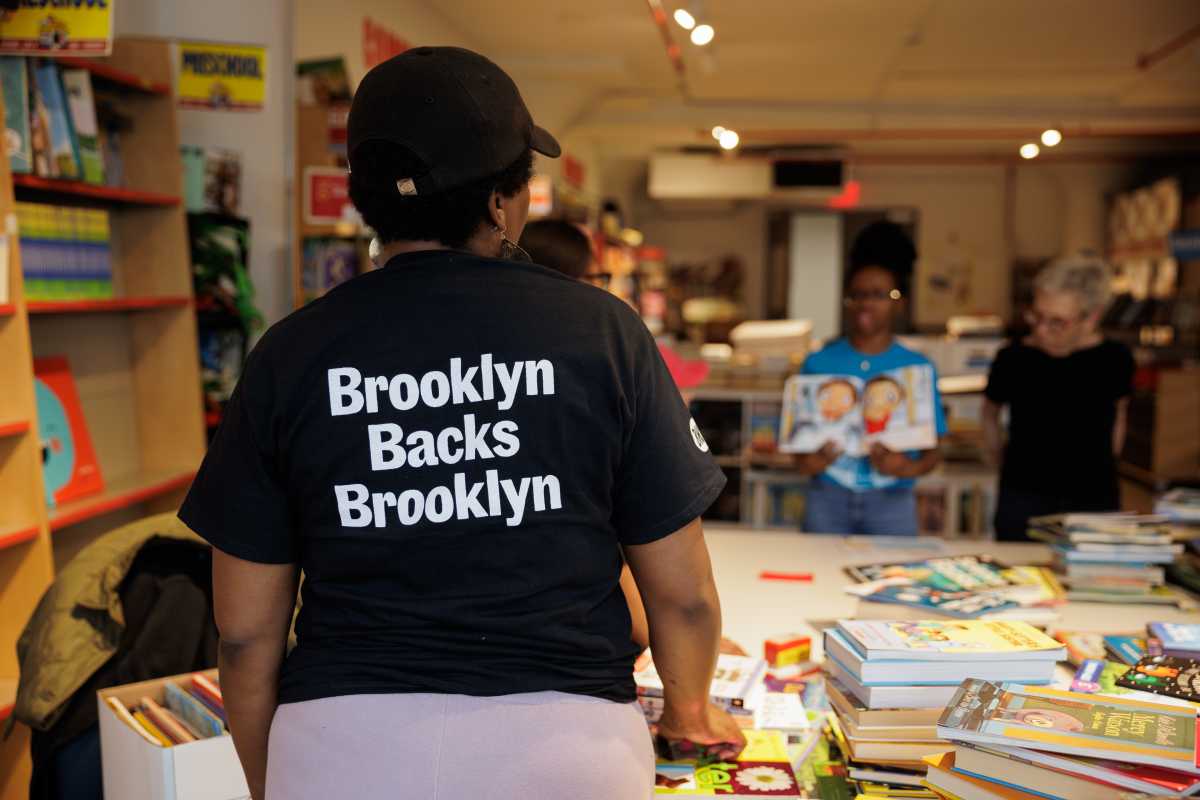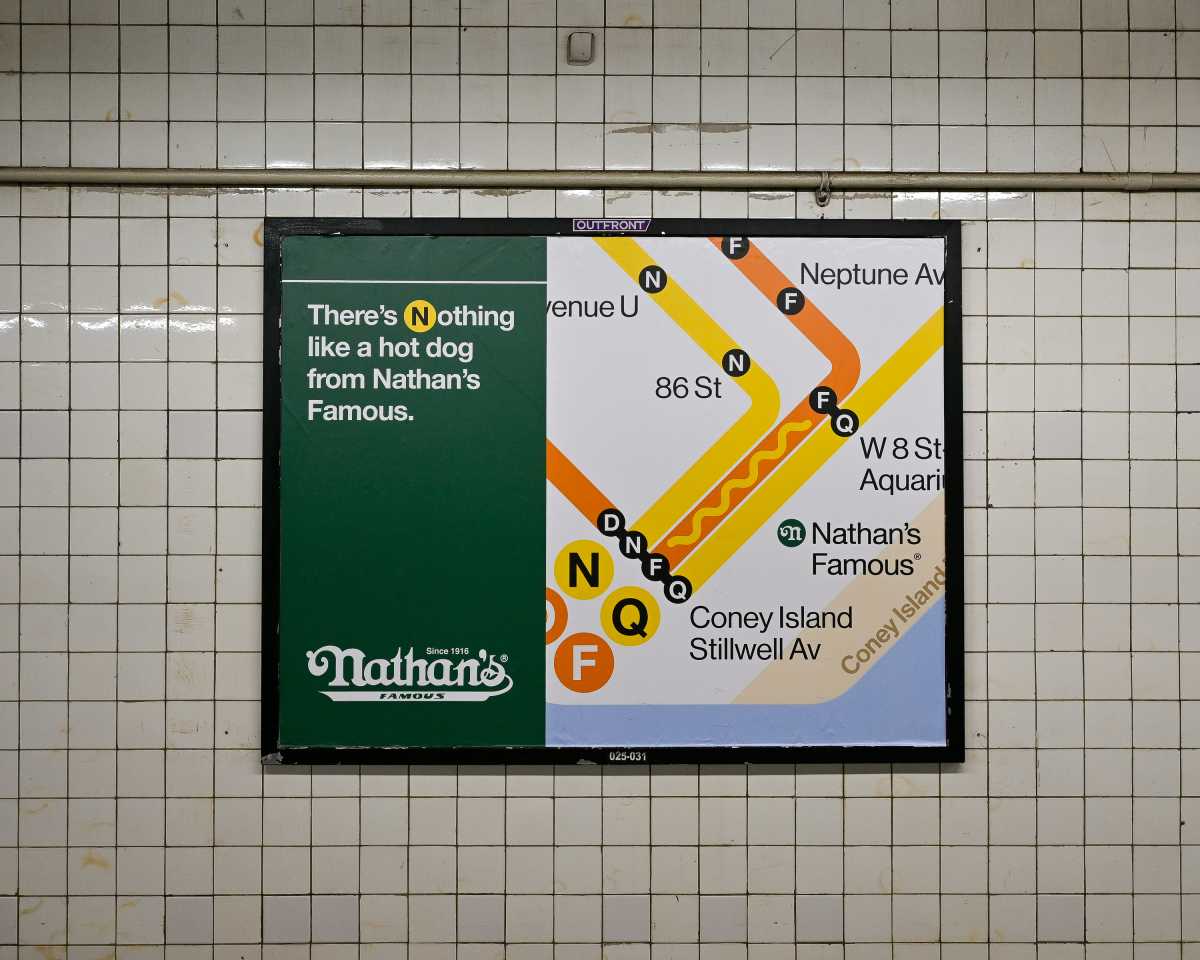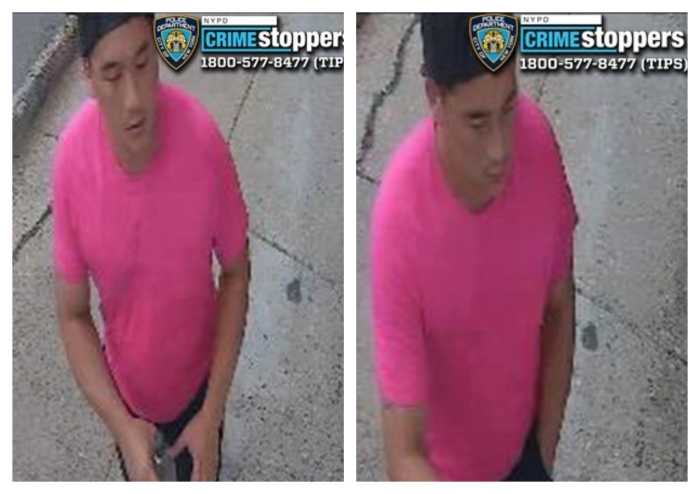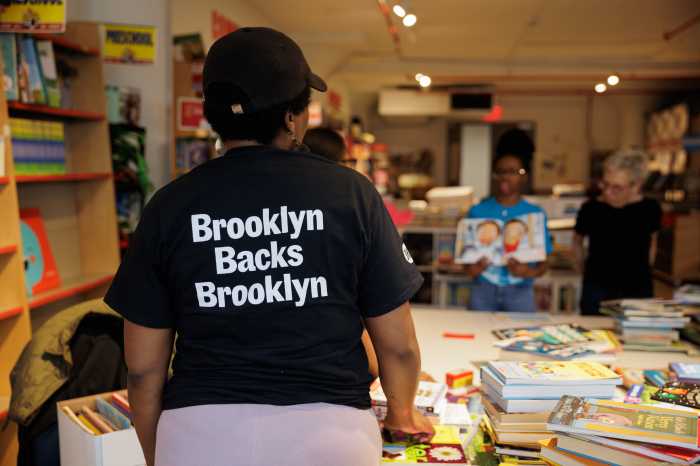
When New York City voters show up at the polls Tuesday, they will be handed a two-sided ballot and a long list of candidates. The back of the ballot contains three important questions that could change the City Charter.
The New York City Charter Commission heard testimony from residents in all five boroughs as part of its commission from Mayor Bill de Blasio to review the document that provides a blueprint for city government, and ultimately approved the questions.
Here is a breakdown, and what the results could change:
CAMPAIGN FINANCE
There have been many efforts to reduce the influence of big donors on the political process. This proposal would cut the maximum allowed in donations to candidates, and boost the amount of public financing they could receive.
Candidates for mayor, public advocate and comptroller, who receive public financing for their campaigns, would be allowed a maximum of $2,000 from a single donor, a reduction from the current limit of $5,100. Candidates for borough president would be limited to $1,500 from a single donor, down from $3,950, and candidates for City Council would be limited to $1,000, instead of $2,850.
In return, candidates who participate in public financing would see a boost for every dollar they raise privately — $8 for every $1, up from the current $6 for every $1.
Supporters of the referendum say more people will run for office if more public funds are available, and that the city’s current contribution limits are higher than those in other large cities. Opponents have several arguments against the referendum. Some say the proposed contribution amounts are still too high, while others say the limits may push some wealthier contributors to give to independent expenditures — political ads that target candidates and have no spending limits.
CIVIC ENGAGEMENT
This ballot proposal would create a Civic Engagement Commission and a citywide participatory budget program with the goal of getting more New Yorkers involved in city government.
The goals include providing interpreters at Election Day polling sites, and allowing local residents to vote on projects in their communities (also known as participatory budgeting).
Supporters say boosting resources for civic engagement would help connect underrepresented groups — immigrants, people of color, young people, low-income communities and people with disabilities — to city government. Opponents, including Citizens Union, praised the concept, but said allowing the mayor to appoint eight members to the commission undercuts the concept.
“It should be an independent commission,” said Betsy Gotbaum, executive director of Citizens Union. “The commission would have a lot of influence over important decisions like broader access at polling sites and it should not give one person so much power.”
COMMUNITY BOARDS
Some of the city’s 59 community boards have been in place for decades. This third ballot proposal would place term limits on volunteer positions in an effort to open them up to more New Yorkers.
The proposal would require borough presidents, who appoint community board members, to seek out “persons of diverse backgrounds.” New members would be limited to four consecutive two-year terms.
Gotbaum said Citizens Union supports the proposal.
“The demographics have changed in almost every community in New York City,” she said. “You certainly want the community boards to reflect that change.”
Opponents worry that community boards will lose veteran members with vital experience and knowledge of the different neighborhoods.


































